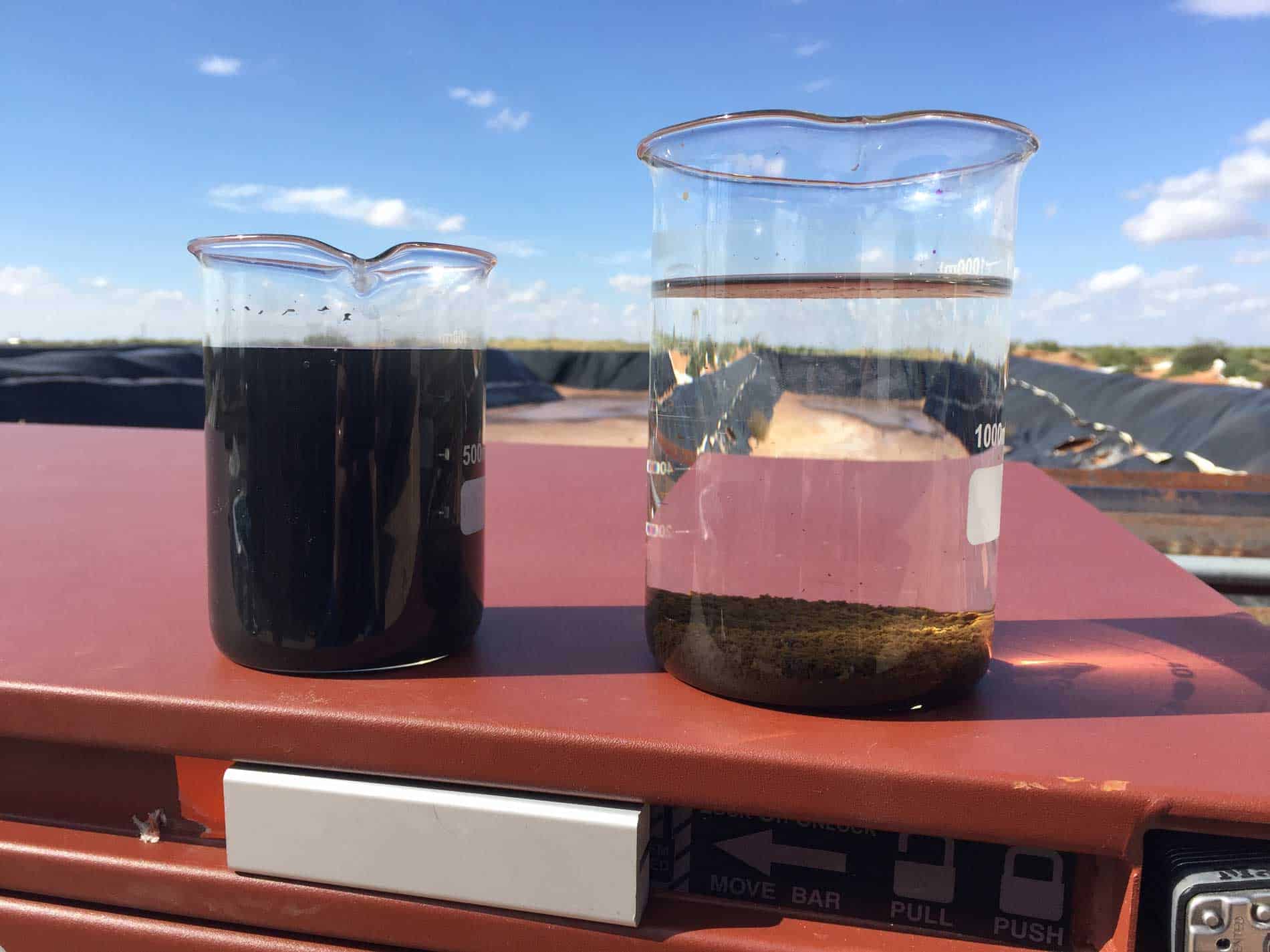IP 139 Calcium and Magnesium in Produced Water Test
The IP 139 test is a critical procedure within the oil & gas sector, specifically designed to measure calcium and magnesium concentrations in produced water. This analysis is essential for ensuring compliance with environmental regulations and optimizing water management strategies.
Produced water constitutes a significant portion of the total volume of water extracted during oil and gas production processes. It includes both formation water and injected water that has been used to enhance recovery or cool equipment. The presence of dissolved minerals, such as calcium and magnesium, can impact the effectiveness of various operations, including reservoir management, corrosion control, and water reuse.
Understanding these mineral contents is crucial for several reasons:
- To prevent scaling in pipelines and equipment
- To manage corrosion risks
- To optimize water treatment processes
- To minimize environmental impacts by reducing discharge volumes
The IP 139 test provides a quantitative assessment of these minerals, which helps in making informed decisions regarding the reuse or disposal of produced water. This information is vital for both upstream and downstream operations, influencing everything from operational efficiency to regulatory compliance.
For quality managers and compliance officers, this test offers a tool to monitor and control the quality of produced water. R&D engineers can leverage it to improve water treatment technologies. For procurement professionals, it ensures that the right equipment and chemicals are selected for treating and managing produced water.
Applied Standards
| Standard | Description |
|---|---|
| IP 139:07 | Method for Determination of Calcium and Magnesium in Produced Water by Flame Atomic Absorption Spectroscopy (FAAS) |
The IP 139 standard specifies a method for determining the concentration levels of calcium and magnesium ions in produced water using flame atomic absorption spectroscopy. This technique is chosen for its precision and accuracy, making it suitable for quantifying these elements down to parts per million (ppm) levels.
The standard outlines detailed procedures for sample preparation, including filtration and dilution steps to ensure accurate measurements. It also provides guidelines on the calibration of instruments and the handling of reagents to minimize errors.
Benefits
Conducting the IP 139 test offers numerous benefits, particularly for stakeholders in the oil & gas industry:
- Environmental Compliance: Ensures adherence to local and international environmental regulations by providing accurate data on mineral contents.
- Operational Efficiency: Helps in optimizing water treatment processes, reducing operational costs associated with scaling and corrosion.
- Water Reuse: Enables the identification of produced water suitable for reuse in various operations, thus minimizing freshwater consumption.
- Risk Mitigation: Allows early detection of potential issues that could lead to equipment failures or environmental harm.
In summary, the IP 139 test is a cornerstone for sustainable water management in the oil & gas sector. It supports informed decision-making, enhances operational efficiency, and contributes to environmental stewardship.
Why Choose This Test
- Precision: Flame atomic absorption spectroscopy provides highly accurate results.
- Regulatory Compliance: Ensures adherence to strict environmental standards and regulations.
- Cost-Effective: Identifies water suitable for reuse, thereby reducing freshwater consumption and associated costs.
- Equipment Protection: Helps in preventing scaling and corrosion of equipment, extending their lifespan.
The IP 139 test is a reliable method that offers comprehensive insights into the mineral composition of produced water. By choosing this test, industry professionals can ensure they are making well-informed decisions that align with best practices in environmental stewardship and operational efficiency.





